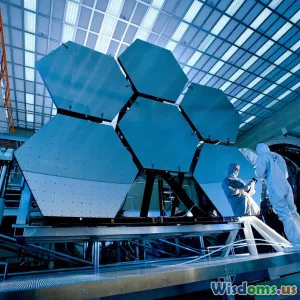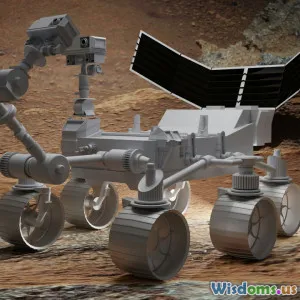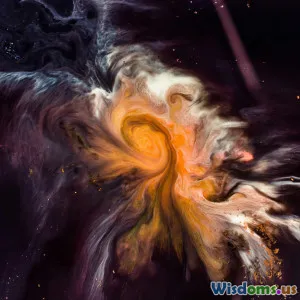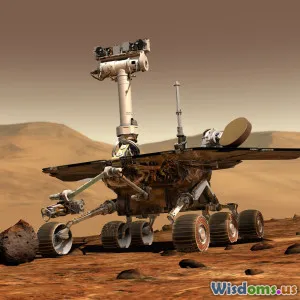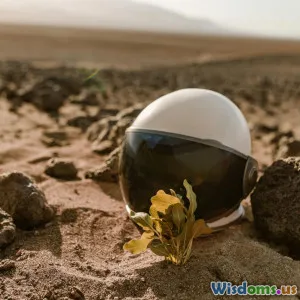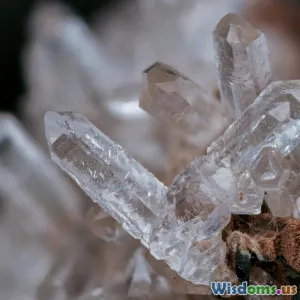
Exploring the Moon: Past, Present, and Future
6 min read An engaging journey through lunar exploration, covering missions, discoveries, and future prospects of our Moon. (0 Reviews)
Exploring the Moon: Past, Present, and Future
The Moon has captivated humanity for centuries, serving as a source of inspiration for art, literature, and scientific inquiry. As our closest celestial neighbor, it has played a pivotal role in our understanding of the universe. This article explores the history of lunar exploration, current missions, and future plans for the Moon, highlighting its significance in the broader context of space exploration.
The Past: A Journey to the Moon
The Ancient Perspective
For millennia, cultures around the world have looked to the Moon with awe. Ancient civilizations created calendars based on lunar cycles, and myths and legends often centered around its phases. The Moon was not just a celestial body; it was woven into the very fabric of human culture.
The Space Race and Apollo Missions
The modern era of lunar exploration began during the Cold War, characterized by the Space Race between the United States and the Soviet Union. In 1969, NASA’s Apollo 11 mission marked a historic milestone as astronauts Neil Armstrong and Buzz Aldrin became the first humans to set foot on the Moon.
- Apollo 11: The mission lasted eight days, with Armstrong famously stating, “That’s one small step for man, one giant leap for mankind.” The astronauts collected samples and conducted experiments, returning with 47.5 pounds of lunar material.
- Subsequent Missions: Following Apollo 11, five more successful manned missions followed, with Apollo 17 being the last in 1972. These missions provided invaluable data about the Moon's geology, surface composition, and potential resources.
The Present: Ongoing Exploration
Robotic Missions
In recent years, interest in the Moon has resurged, leading to numerous robotic missions:
- Lunar Reconnaissance Orbiter (LRO): Launched in 2009, the LRO has produced high-resolution maps of the Moon’s surface, revealing details about its topography and potential landing sites for future missions.
- Chandrayaan-2: India’s second lunar exploration mission, launched in 2019, aimed to study the Moon’s south pole region. Although the lander lost communication, the orbiter continues to gather crucial data.
- Chang’e Missions: China’s Chang’e program has seen significant success, with missions that have explored the Moon's surface and returned samples, such as the Chang’e 5 mission in 2020.
International Collaboration
Today, lunar exploration is a collaborative effort involving multiple countries and organizations. The establishment of the Artemis program, led by NASA, aims to return humans to the Moon by 2024, including the first woman and the next man. This initiative emphasizes international partnerships and involvement from private companies.
The Future: Moon Bases and Beyond
A Stepping Stone to Mars
The Moon is increasingly seen as a critical stepping stone for future deep-space exploration, particularly missions to Mars. Establishing a sustainable human presence on the Moon will provide necessary experience and technology development for longer journeys.
- Lunar Gateway: NASA plans to build the Lunar Gateway, a space station in orbit around the Moon, which will serve as a hub for lunar missions and a launch point for Mars expeditions.
- Moon Bases: Future plans include building lunar bases for scientific research, resource utilization, and as a launch point for further space exploration.
Resource Utilization
The Moon holds untapped resources that could support both lunar and Earth-based endeavors. Helium-3, a potential fuel for fusion reactors, and water ice found in shadowed lunar craters, are two examples of resources that could be harnessed.
Conclusion
Exploring the Moon has fundamentally shaped our understanding of space and our place in the universe. From the historic Apollo missions to the modern-day Artemis program, the Moon continues to inspire curiosity and innovation. As we look to the future, our lunar neighbor will play an essential role in humanity's journey into the cosmos, offering valuable opportunities for exploration, science, and collaboration.
As we continue to explore, the Moon may very well be the gateway to the stars.
Rate the Post
User Reviews
Popular Posts










